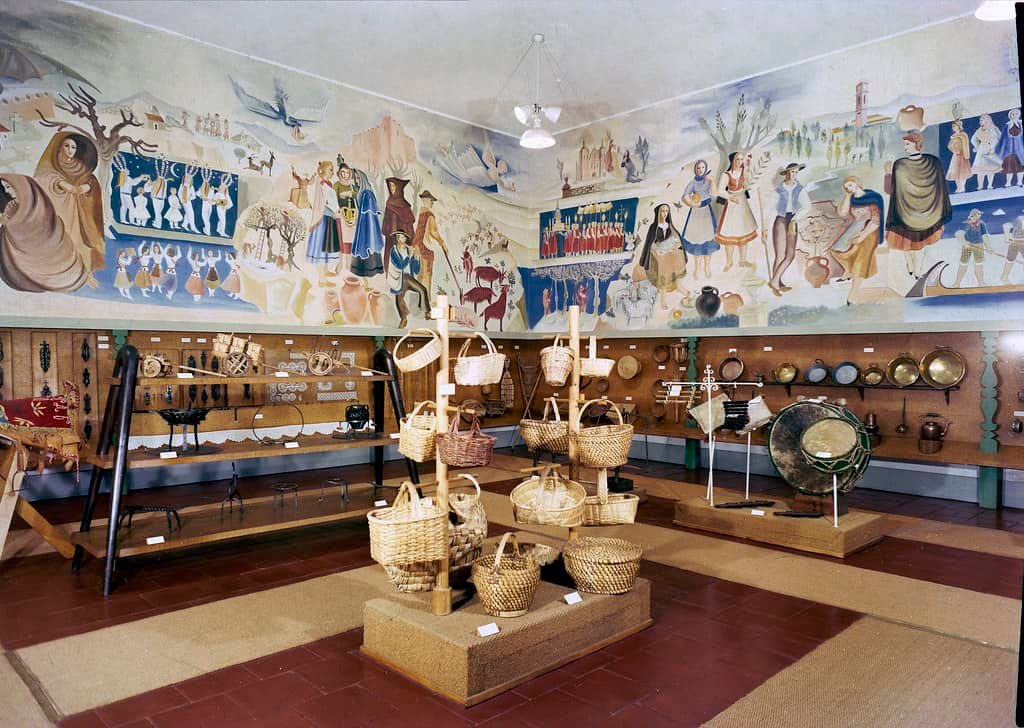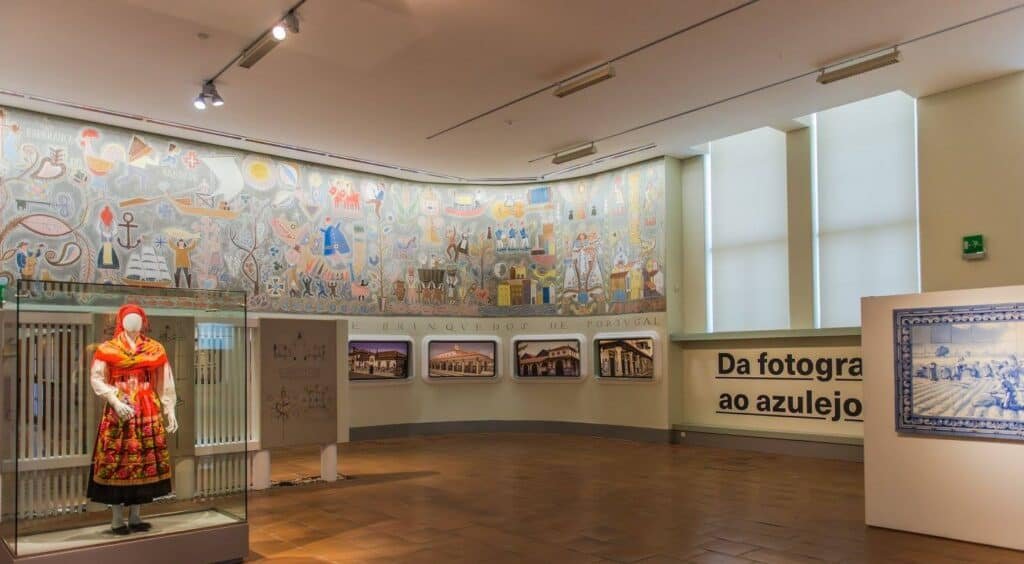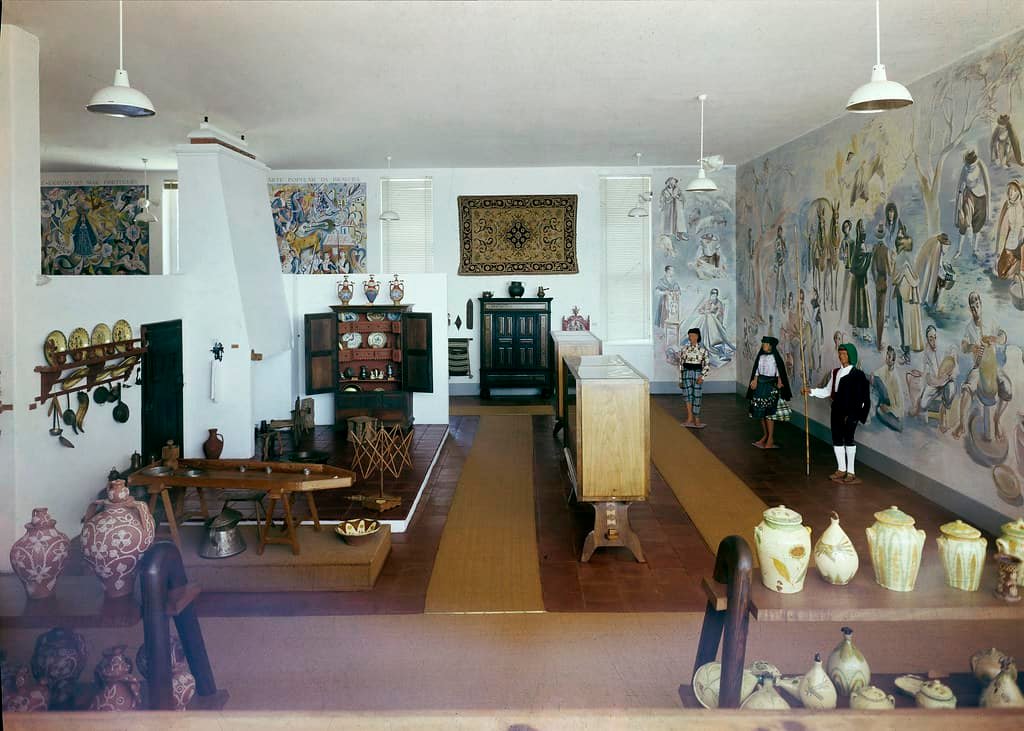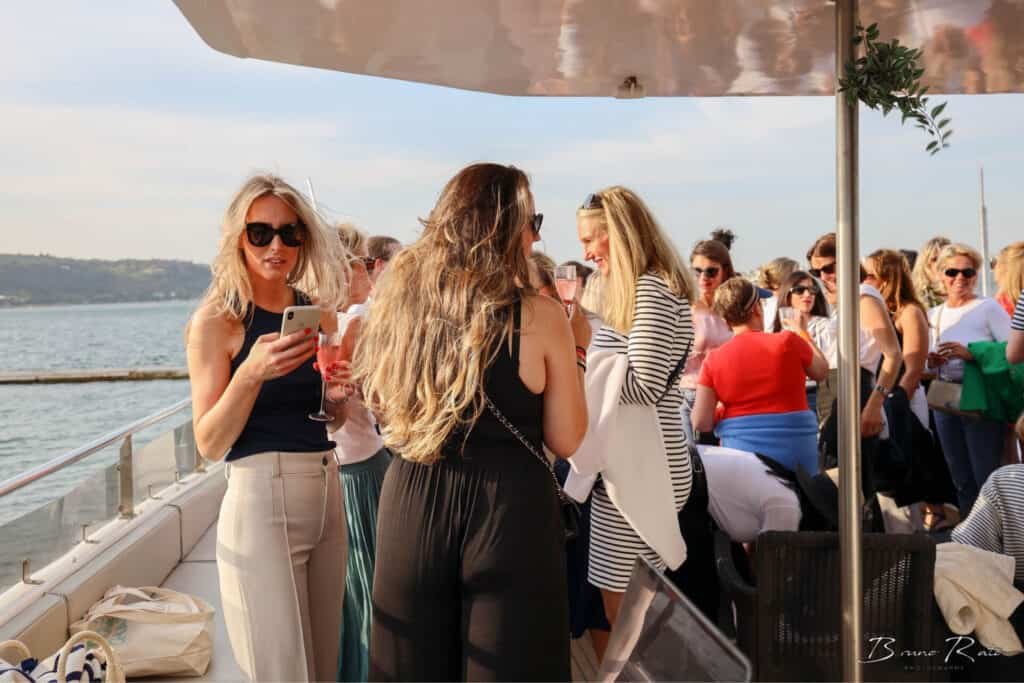Lisbon’s Folk Art Museum (FAM) has a history that goes back to the 19th century. At first, it was designed as a pavilion for the “Popular Life Section” of the Portuguese World Exhibition in 1940. Five years later, a new project emerged that initiated the transformation of the previous pavilion into the Folk Art Museum. This project consisted of adapting the previous building into a museum.
The museum opened on July 15th, 1948. It has rooms with the permanent collection and a space for temporary exhibitions, divided into five compartments.
The museum’s commitment to preserving and promoting art is evident in its extensive restoration efforts. In 2010, the Folk Art Museum underwent upgrading works due to its advanced state of disrepair.
Nowadays, the museum is in charge of the Ethnology Museum and is a cultural landmark in Lisbon, attracting art lovers from all over the world.
The museum’s collection is diverse, with artworks from various periods and artistic movements. In fact, it features Portuguese and international artists, offering a comprehensive view of the art world. The museum houses a wide range of artworks that cater to different tastes and interests. Thus, each piece tells a unique story, offering a glimpse of the artist’s vision and the historical context in which it was created.


Museum architecture and design
The Folk Art Museum is not only a treasure trove of art, but also a masterpiece of architecture and design. The building itself is an architectural marvel, seamlessly blending modern and traditional elements. Its sleek lines and glass windows create a sense of openness and allow natural light to flood the exhibition spaces.
Inside, the museum has been designed to enhance the visitor experience. That is, the galleries are spacious and well-lit, providing the perfect setting for contemplation and immersion in the artworks. The layout is intuitive, guiding visitors through different sections and ensuring a seamless flow from one exhibition to another.
Exhibitions and collections
The Folk Art Museum houses a wide range of exhibitions and collections that respond to different interests and preferences. In such a way that the exhibitions are organized by five rooms corresponding to five regions of the country: Entre-Douro-e-Minho; Trás-os-Montes; Algarve; Beiras; Alentejo and Extremadura.
The current collection includes a wide variety of art pieces such as ceramic yokes and roosters from Minho, basketry from Trás-os-Montes, ceramic clappers and crockery from Alentejo and fishing equipment from the Algarve.
In addition to the permanent collections, the museum also hosts temporary exhibitions that explore specific artistic themes or movements. These exhibitions offer a fresh perspective of art, allowing visitors to engage with contemporary issues and ideas. From photography to sculpture, each exhibition is carefully organized to create a meaningful dialogue between the artworks and the audience.


Tips for visiting the Folk Art Museum
If you want to make the most of your visit to the museum, here are some tips to keep in mind:
1. Plan your visit in advance: Check the museum’s website for opening hours, ticket prices and any special exhibitions or events taking place during your visit.
2. Take your time: The museum is vast and there is so much to see! Plan to spend at least two so you can explore the different exhibitions and collections.
3. Interact with artworks: Don’t just passively look at artworks. Sometimes take the time to read the accompanying information.
4. Photography restrictions: Check the museum’s photography policy before taking photos. Some artworks may have restrictions due to copyright or other conservation reason.
5. Respect the space: Remember that the museum is a place of cultural heritage. Follow the rules, such as not touching the artworks, and keep a respectful distance from the exhibits.

Nearby attractions and activities
Before or after visiting the Folk Art Museum, take some time to explore the surrounding area. Lisbon is a city full of history and charm, offering a myriad of attractions and activities to visitors. A short walk from the museum, you’ll find monuments that are also worth visiting, such as the Belém Tower, the Discoveries Monument, the Belém Cultural Center and the Jerónimos Monastery.
For stunning views of the city, head to viewpoints such as Miradouro da Senhora do Monte or Miradouro de Santa Luzia. These panoramic points offer a glimpse of Lisbon’s stunning architecture and the Tagus River.
If you want a more exclusive and unique suggestion, dare to go on a boat tour to see this monument and many others from the Tagus River.





